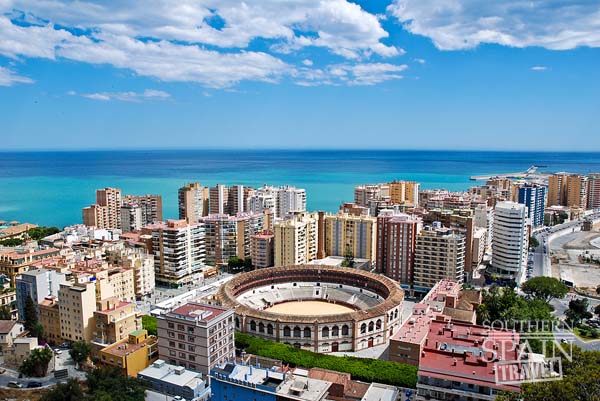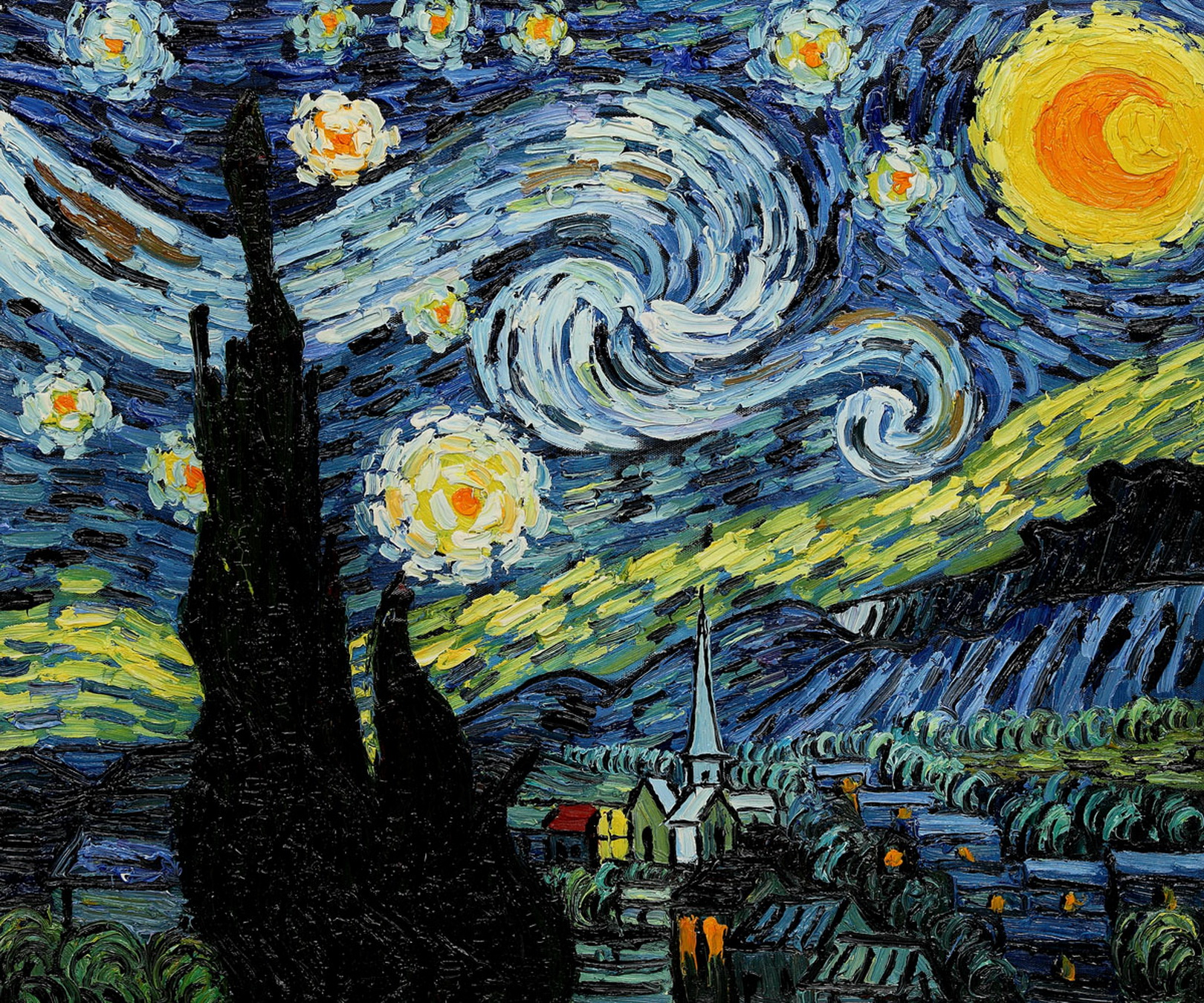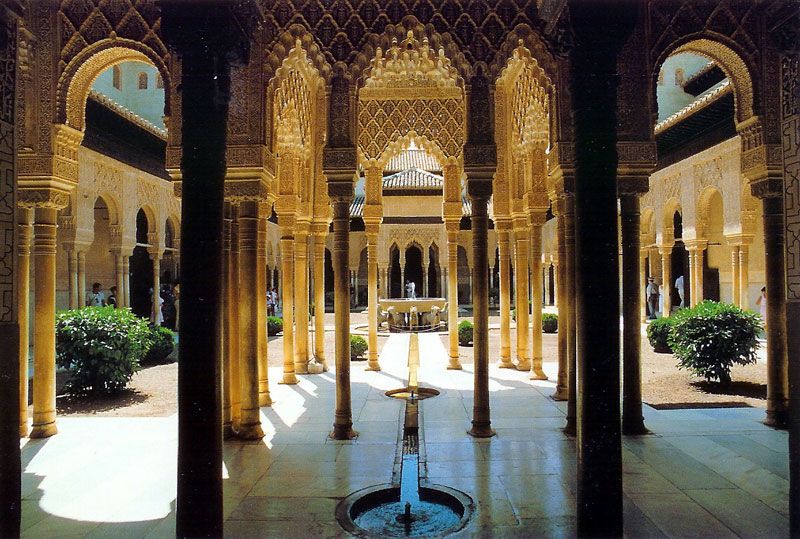Kingdom of Morocco!
For those of us venturous enough to continue the journey, Morocco, Africa is just a ferry ride away from the now familiar Spain. This country is fluent in French and Arabic but has traces of Spanish and our beloved English. Because of its diverse background and multiple rulers, the culture has been passed through many different cultures and is currently under Islamic influence. As an Arabic country, its full Arabic name is Al-Mamlaka al-Maghribiya.

446,550 square kilometers of differing terrain, including the Atlas and Rif Mountains scattered through the Sahara desert, occupy Morocco. And among the beautiful landscape live some of the most friendly people. The majority of the inhabitants have adopted the Islamic religious tradition, specifically Sunni Islam however Muslim is also a major presence among locals. Some may even be caught taking a horse carriage or camel around the desert!
Our journey will take us across the Mediterranean Sea by ferry to Motril, El Hoceima, Fes, Tadra Gorge, Merzouga, Marrakech, and finally Casablanca (pictured below).

I read that Morocco has been referred to as the "Oasis of the Senses" and has been wooing visitors for centuries. Its capital is Rabbat but the best place to get local sea food is Essaouira on the coast. The largest City in Morocco is Casablanca which has a movie created from the beautiful and well-populated city. 
La capital de la Costa del Sol es Málaga.

Málaga sits in the middle of the Andalusia region which covers roughly 87,268 square kilometers (or 33,694 square miles) and is easily confused with the Málaga province. A breakdown was helpful to understand the city's location:
This is Spain with the Andalusia region highlighted in red

A closeup of Andalucia and the province of Málaga

the province of Málaga zoomed in with the city pinpointed.

The city is surprisingly not a major tourist attraction, despite the masses that pass through it's airport. It is the second largest by population in the Andalusia and claimed to be among the poorest in stature yet richest in hospitality and friendliness. Its atmosphere is comprised of delightful historically and archaeologically rich background and small, personable quirks including exquisite museums, unique roof terraces, and countless street art canvases decorated with graffiti. It is sprinkled with tapas bars and shops along the seafront. Andalucia.com established the tip 10 best places to explore in Málaga which makes it easier for us!


 1. The one and only Picasso was born in Málaga so it is only fitting his museum containing personal artifacts and some of his most intimate works are housed here. Only a two minutes walking distance from his birthplace (Casa Natal), both the museum and his first home can and should be viewed in the same day to fulfill a complete experience of the unique artist. The Museo Picasso was inaugurated on the 27th of October, 2003 and from that day on, thousands of tourists and locals alike gather to view incredible works of Picasso's art and life story. (BONUS: admission is half price for students up to 26 years old with a valid ID!)
1. The one and only Picasso was born in Málaga so it is only fitting his museum containing personal artifacts and some of his most intimate works are housed here. Only a two minutes walking distance from his birthplace (Casa Natal), both the museum and his first home can and should be viewed in the same day to fulfill a complete experience of the unique artist. The Museo Picasso was inaugurated on the 27th of October, 2003 and from that day on, thousands of tourists and locals alike gather to view incredible works of Picasso's art and life story. (BONUS: admission is half price for students up to 26 years old with a valid ID!)
2. Alcazaba is one of the two Moorish fortresses. It oversees the city sporting a beautiful view of the area below, stretching to the sea and even across the Mediterranean to Africa! It's history dates back to the 8th century and is the best preserved Moorish fortress in Spain. It was originally constructed to defend against pirates and, as it aged, the Alcazaba retains two of its original three walls, 100 towers, and three palaces!
 3. Embedded in a restored marked, the Centro de Arte Contemporáneo is home to over 400 works of contemporary art donated by private collectors. It even has a little taste of home with pieces from North American artists of the 1960's such as Lichtenstein and Stella... not to mention it is free!
3. Embedded in a restored marked, the Centro de Arte Contemporáneo is home to over 400 works of contemporary art donated by private collectors. It even has a little taste of home with pieces from North American artists of the 1960's such as Lichtenstein and Stella... not to mention it is free!
4. Neighboring the Alcazaba fortress with stellar views of the city, the port and with special mention of the bullring, Gibralfaro Parador is a wonderful spot to enjoy an elegant afternoon basking in the sun and enjoy a glass of wine from the dining room and/or the cafe bar.
 5. The Muelle Uno is a beautiful seafront shoppers dream filled with items anywhere from interiors to clothes.
5. The Muelle Uno is a beautiful seafront shoppers dream filled with items anywhere from interiors to clothes.
6. You can have as many arms as you need to visit the Gothinc-Baroque basilica called La Manquita, also known as the "One Armed Woman." Just don't offend it by looking for the second tower, that's the arm that is unaccounted for!
7. El Pedregalejo used to be claimed as a fishing town but now has some wonderful, quaint cafes and restaurants lining the beach front.
8. All types are welcomed and accommodated for by the extensive option of museums! You can find a spot for all your interests including, but not limited to: cars, fashion, interiors, glass, wine, doll houses, music and, of course, art.
9. The oldest monument of the city is the Roman Theater that is used in the summer months!
10. BEACHES! It is the capital of the Sun Coast after all!

Nose goes: Pomegranate! Oh wait, I meant Granada!


I can see the resemblance, can't you?
Granada translated from Spanish is pomegranate. According to an article titled "10 Interesting Facts About Granada," this city is filled with many other interesting and fun facts. One of the most important I have found: this is the only place you receive free tapas with your drink! Also, this city basks in 250 days of sunlight annually. For the adventurous tourists (of which there are around 2.5 million from all over the world) there are several hidden gardens scattered throughout the city to discover and further explore.
Grenada is approximately a 3 hour drive from Alicante, or a 73 hour walk if we are not pooped by then! It is 630 meters, or 1181 feet, above sea level and is nestled at the base of the Sierra Nevada mountains right where the flat land begins. The highest point of continental Spain rests at a comfortable 3,487 meters in the air and claims the name Mulhacén with an accent over the "e." It's water supply originates from the high, snow covered mountains (Basic).
Decades ago, Granada served as home to Muslims for about 800 years. It was the last hold the Muslims had over Spain which then fell to the Catholics in 1492. People of Arabic decent also had a hold on part of Spain, claiming it as their own. There is a fantastic map of the Language Evolution of Spain, take a look!

One of Granada's most recognized features is the Alhambra; a beautiful, and extremely large, castle that overlooks the entire city including la Vega (the meadow). It's name in Arabic, qa"lat alHamra, translates to "Red Castle."
 This castle has an extensive history dating back to before the Muslim possession. Sawwar ben Hamandun, back in 889, sought refuge in in the fortress. It is from him whom we see the first written historical documents. As Hamdun worked to restore the fortress. the surrounding fertile ground began to populate, and draw more residents from all over the surrounding area. The fortress was added to the city limits when it seemingly converted into a military garrison due to the prominent location atop a hill. Time passed and, in the 13th century, the Alhambra assumed it's first royal resident, Mohammed ben Al-Hamar, also known as Mohammed the 1st. Mohammed II and III followed, adding their own personal touches including a watch tower, warehouses, public baths, and the Mosque (where the current Church of Saint Mary rests). This castle has undergone several partial demolitions, additions, and enhancements since its original erection as well as many inhabitants from varying backgrounds (Historical).
This castle has an extensive history dating back to before the Muslim possession. Sawwar ben Hamandun, back in 889, sought refuge in in the fortress. It is from him whom we see the first written historical documents. As Hamdun worked to restore the fortress. the surrounding fertile ground began to populate, and draw more residents from all over the surrounding area. The fortress was added to the city limits when it seemingly converted into a military garrison due to the prominent location atop a hill. Time passed and, in the 13th century, the Alhambra assumed it's first royal resident, Mohammed ben Al-Hamar, also known as Mohammed the 1st. Mohammed II and III followed, adding their own personal touches including a watch tower, warehouses, public baths, and the Mosque (where the current Church of Saint Mary rests). This castle has undergone several partial demolitions, additions, and enhancements since its original erection as well as many inhabitants from varying backgrounds (Historical).
 Guided tours for the Alhambra are at 10 am daily and cost 55 euros. They last for 2 1/2- 3 hours. Guests explore Nasrid Palaces, Alcazaba (the fortress), Charles V Palace and the Generalife Gardens and Palace.
Guided tours for the Alhambra are at 10 am daily and cost 55 euros. They last for 2 1/2- 3 hours. Guests explore Nasrid Palaces, Alcazaba (the fortress), Charles V Palace and the Generalife Gardens and Palace.
Sources used to gather information throughout entire post:
"10 Interesting Facts About Granada." Erasmus Granada. N.p., n.d. Web.
"Basic Information About Granada (Spain)." Basic Information About Granada (Spain). N.p., n.d. Web.
"Historical Introduction - History." Alhambra De Granada. N.p., n.d. Web.
Alicante es !Aye, caliente!

Researching for this blog I have discovered every city... EVERY city, has eluded to the extravagant and "you-can't-miss-it" night life. Alicante is absolutely NO exception! The main beach (pictured above) is Cala de la Palmeras which is a heavily visited spot. The entire coastline has been appropriately named Costa Blanca or "white coast" and refers to the 200+ kilometers of Spain's Mediterranean coastline touching the Balearic Sea. This destination is even great to your health according to the World Health Organization! The consistent warm temperatures (averaging a tranquil 18 degrees C or 65 in Fahrenheit), clean air, and low rainfall make this region a perfect home especially for those with arthritis or asthma!
Remember: Alicnte is the Valencia region's second largest town. It is located directly below Valencia:

There is an extremely large face of Alicante that is home to the Porte de Alicante. It houses ships and freighters taking refuge from the ocean and their long journey.

From this port, there is a shoppers dream to the west. This place consists of small shops and even a leisure complex. To the north there is the sandy Playa del Postiguet beach that is frequented by many tourists every year but, if we want some sand to ourselves, travelers guides suggest the larger and less crowded Playa de San Juan.
If you are a pyromaniac, get ready! We will just miss the most celebrated festival in the area: Fiesta de Sant Joan which takes place around June 24th. This is Alicante's own home-grown version of Las Fallas de San Jose- a festival that originated as a feast day for St. Joseph and has turned into a day in which the entire city is set to flames! Las Fallas (another name for the fiesta) is literally translated as "the fires" in Valencian and that is exactly what happens. Locals work together with their neighbors the entire year to construct the lifelike ninotos, which translated means puppets or dolls. They are constructed using materials such as cardboard, wood, paper-mache and plaster... and anything else that may be flammable. They often resemble current politicians and Spanish celebrities, no one is safe from being a model!
The puppets are set on display and stuffed with fireworks the night before. Then, at exactly midnight, the city lights are extinguished, the crowds begin to chant, and the puppets are set aflame lighting the city. A traveler, Janet Morton, states: "The scene at Las Fallas is extremely cathartic and difficult to describe, but resembles a cross between a bawdy Disneyland, the Fourth of July and the end of the world!" (Las Fallas)
A few food items to watch out for are rice and horchata. Rice is one of the staples used in a plethora of dishes served in Spain. We have already talked about paella but we will encounter it more often than I thought. Dishes such as arroz a banda and arroz negro are popular along the coastline as well as the delectable horchata. Tiger nuts blended with sugar and water is a common and refreshing summer drink some cafe's specialize in. I know, when I read tiger nuts I was thinking something totally different too! Don't worry, these nuts grow as roots in the ground and are even gluten free! They are apparently a fantastic source of fiber, vitamins and nutrients. We may need to stuff our packs with them before we go on long day trips for an extra snack throughout the day!
"Las Fallas De Valencia, Spain - Spanish Traditions | Don Quijote."DonQuijote. N.p., n.d. Web.






















